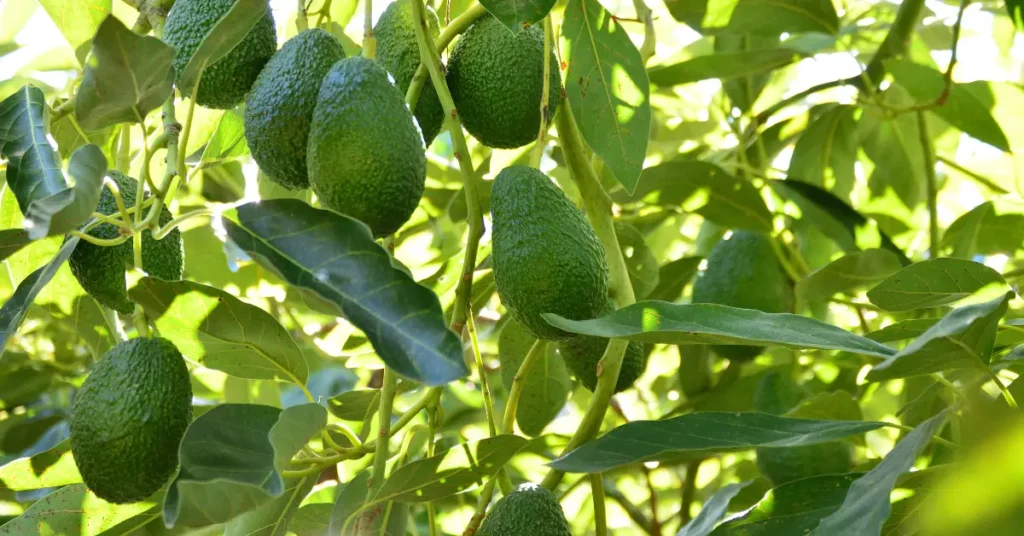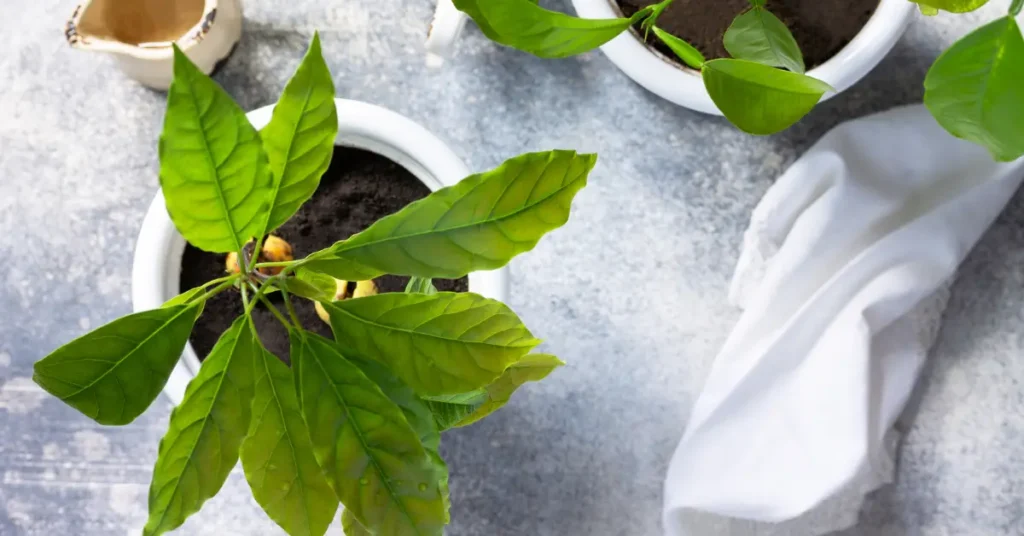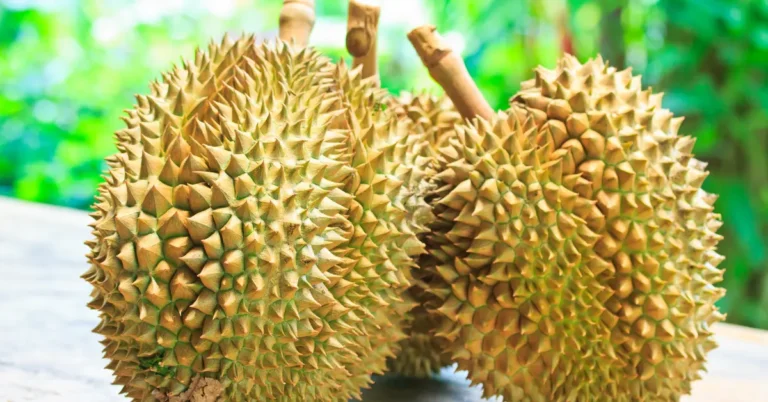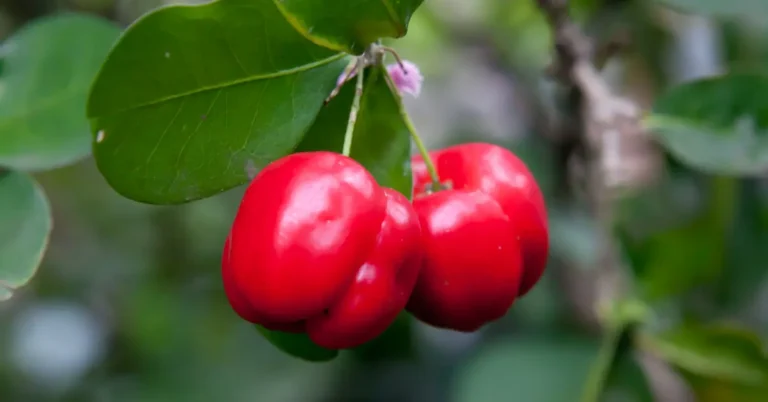How to Grow Avocado Trees at Home
Avocado trees are a popular and highly sought-after addition to any home garden. Not only do they produce delicious and nutritious fruits, but they also add a touch of tropical beauty to any landscape. While most avocado trees are grown in warm climates, they can also be successfully grown at home with the proper care and conditions.
Here, we will discuss step-by-step how to grow avocado trees at home. Whether you have a large backyard or a small balcony, you can enjoy the satisfaction of nurturing and harvesting your juicy avocados.

Steps to Growing Avocado Trees at Home
To grow avocados at home, follow these steps.
1. Choosing the Right Variety
The first step to growing avocado trees at home is choosing a suitable variety. There are three main types of avocados – Mexican, Guatemalan, and West Indian. Mexican avocados are small, hardy, and have thin skins, making them suitable for cooler climates.
Guatemalan avocados have thicker skin and can tolerate colder temperatures but take longer to bear fruits. West Indian avocados are the largest and have the highest water content, making them perfect for warmer climates with higher humidity. Consider your climate and choose the variety that best suits your location.
2. Starting from the Seed
The most common way to propagate an avocado tree is through its seed. To start from seed, remove the pit from a ripe avocado and wash off any excess fruit. Insert 3-4 toothpicks into the sides of the pit, suspending it over a glass of water with the pointed end up. Make sure the bottom half is submerged in water.
Place the glass in a warm and bright location, replacing the water every few days. The pit will split in 2-6 weeks, and a stem will sprout from the top. Once the stem grows 6 inches tall, cut it to 3 inches to promote root growth. Once the roots grow to 6 inches, transplant the seedlings into a pot with well-draining soil.

3. Planting and Caring for Avocado Trees
Choose a large pot with suitable drainage holes to plant your avocado tree. Fill it with a well-draining, rich potting mix, and dig a hole slightly larger than the root ball of your tree. Carefully remove the tree from its container and place it in the hole, ensuring the top of the root ball is level with the soil. Gently tamp the soil down around the tree and water it thoroughly.
Avocado trees prefer full sun and moderate watering. Allow the top 1-2 inches of soil to dry before watering again. Fertilize your tree every 2-3 months with a balanced fertilizer. Prune your tree regularly to promote a sturdy and well-shaped tree.
Possible Challenges and Solutions
While avocado trees are relatively easy to grow, they can face some challenges. Here are some common issues and their solutions:
1. Slow Growth or No Fruiting
If your tree is not growing or bearing fruits, it could be due to insufficient sunlight, poor drainage, or lack of nutrients. Ensure that your tree receives at least 6 hours of sunlight, the soil is well-draining, and you fertilize regularly.
2. Pests and Diseases
Avocado trees can be susceptible to pests like aphids and diseases like root rot. Regularly check your tree for signs of pests or diseases and treat them accordingly. Neem oil is an effective and organic solution for most pests.
3. Drooping Leaves
If your tree’s leaves are drooping, it could be due to overwatering or underwatering. Check the soil’s moisture level and adjust your watering accordingly.
4. Brown Edges on Leaves
Brown edges on leaves could be due to a lack of humidity or a nutrient deficiency. Increase the moisture around your tree by placing a water tray near it or misting the leaves. Fertilize regularly to provide your tree with essential nutrients.
5. Uneven Fruiting
If your tree produces uneven fruits in size or shape, it could be due to low pollination. To ensure adequate pollination, consider hand-pollinating your tree by transferring pollen from one flower to another using a small paintbrush.
Harvesting and Enjoying Your Avocados
Depending on the variety and growing conditions, avocado trees can take 2-3 years to bear fruits. Once the fruits mature, they are ready to be harvested. To harvest, gently pick the avocado from the tree and let it ripen indoors. You can determine the ripeness of an avocado by gently squeezing it – it should yield to gentle pressure. Once ripe, enjoy your delicious and nutritious home-grown avocados in your favorite recipes, like guacamole, avocado toast, and salads.

Conclusion
Growing avocado trees at home is a rewarding and fun experience. You can enjoy a bountiful harvest of fresh avocados in your backyard with the proper care and conditions. Remember to choose the suitable variety, start with a seed, provide appropriate care, and troubleshoot any issues. With patience and dedication, you’ll soon have a healthy and fruitful avocado tree to enjoy for years.
FAQs
1. Can avocado trees be grown indoors?
Avocado trees can be grown indoors with adequate sunlight and a well-draining potting mix.
2. How tall do avocado trees grow?
Avocado trees can reach heights of up to 40 feet but can be pruned to maintain a smaller size.
3. Can I grow an avocado tree from a store-bought avocado?
You can grow an avocado tree from a store-bought avocado if it has not been treated with wax or pesticides.
4. How do I know when to stop watering my avocado tree?
Allow the top 1-2 inches of soil to dry before watering again. You can also check the soil’s moisture level by inserting your finger into the soil up to the second knuckle – if it feels dry, it’s time to water.
5. Can I plant multiple avocado trees in one pot?
Planting multiple avocado trees in one pot is not recommended, as they require enough space to grow their extensive root systems.






